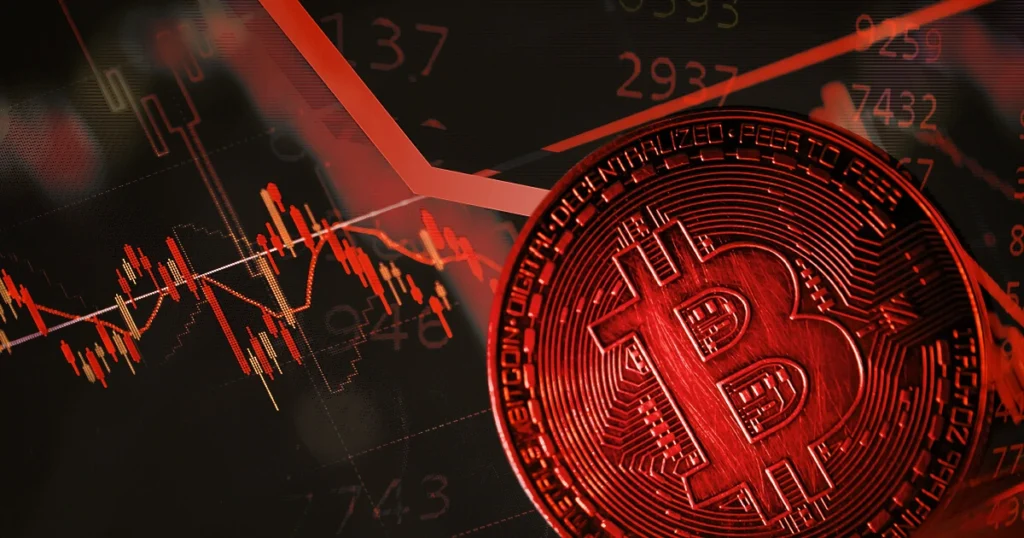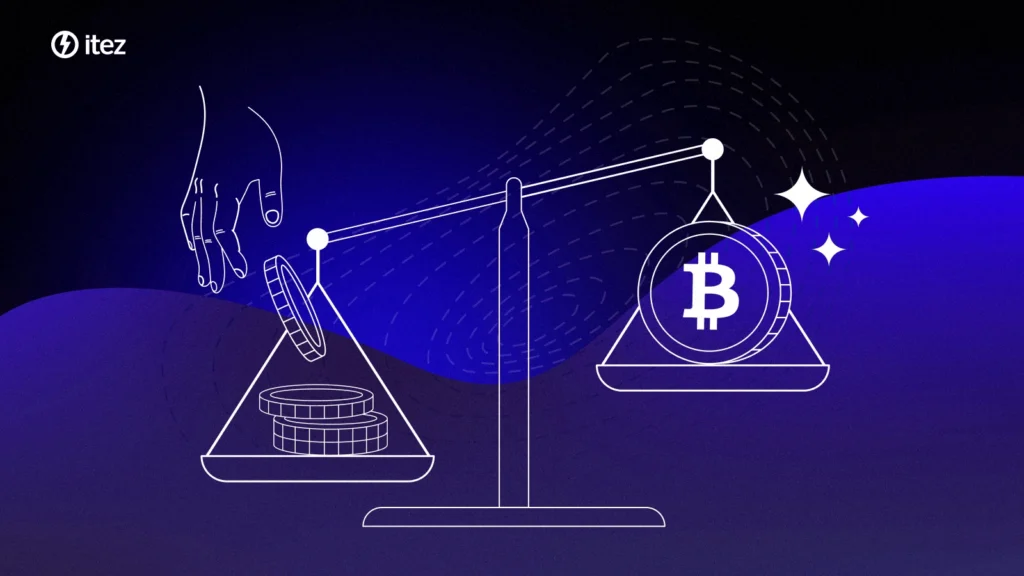What Is Crypto Liquidation?
Crypto liquidation is one of the first risks new traders need to understand—and it often shows up before you expect it.
In simple terms, crypto liquidation happens when your account no longer has enough margin to support your open trades. This usually applies to leveraged trading, where you borrow funds to amplify your position. If the market moves against you too far, your broker or exchange will close your position automatically to prevent further losses.
It sounds dramatic, and well—it can be. Especially in crypto, where prices can shift wildly in minutes.

Why Does Liquidation Happen in Trading?
The core reason for liquidation is protection—both for you and the platform.
When you use leverage, you increase both your profit potential and your risk. Say you’re using 10x leverage. That means only a 10% move in the wrong direction could wipe out your margin completely. If that happens, the exchange steps in and liquidates your position.
It’s harsh, but it prevents even bigger losses. Imagine if prices fell 30%, and your borrowed position kept running… You’d end up owing money beyond your original investment.

Crypto Liquidation Triggers You Should Know
Liquidation doesn’t just happen out of the blue—it’s triggered when your margin ratio falls below a critical level.
Each platform has a set maintenance margin. Once your collateral drops under that threshold, you’re at risk of being liquidated. Some exchanges provide a “liquidation price,” which helps you estimate where things could go wrong.
However, surprises still happen. Beginners often overlook extra factors like funding fees, slippage, or sudden volatility. These can quietly eat into your margin, especially if you’re not watching closely.


How to Avoid Crypto Liquidation as a Beginner
Avoiding liquidation isn’t just for pros—it’s something every trader should work on from day one.
The easiest way to reduce risk is to lower your leverage. Beginners shouldn’t be touching 50x or 100x leverage—those are high-stakes bets. Stick to smaller ratios, like 2x or 3x, especially when starting out.
Next, always set a stop-loss. It’s not just a tool—it’s a mindset. You’re telling the market, “If it hits this level, I’m out.” That’s discipline, and it can save your account from being wiped out.
Also, check your margin health regularly. Keep your collateral topped up if your position moves against you. Platforms often show a margin ratio or risk level—watch it like you would your bank balance.

Platform Rules Matter in Crypto Liquidation
Different exchanges handle crypto liquidation in slightly different ways. Some will alert you when your margin is low, others won’t. Some offer insurance funds that absorb part of the loss, others push the full impact onto the trader.
That’s why it’s crucial to read the platform’s liquidation policy. Know whether you’re using cross margin or isolated margin. One links all your positions together; the other keeps losses contained. Knowing the difference helps you control risk more effectively.
Why So Many Beginners Still Get Liquidated
It might sound strange, but even with all this information, many beginners still get caught by liquidation.
One reason is that traders underestimate just how fast crypto markets move. You might check the chart in the morning, feel confident—and by lunchtime, your trade is underwater.
The other reason? Overconfidence. New traders often think they’ve “figured it out” after a few wins. That’s when leverage creeps up, stop-losses get removed, and… well, liquidation teaches a harsh lesson.

Final Thoughts: Start Small and Respect Crypto Liquidation
Let’s not sugarcoat it—crypto liquidation is a built-in risk, especially for leveraged trading.
It’s not meant to punish you; it’s designed to prevent bigger damage. But that doesn’t make it feel any better when it happens.
So start small. Be cautious with leverage. Read the rules. Set stop-losses even if you “feel good” about the trade. And remember: in crypto, things move fast. A solid risk strategy today might save your funds tomorrow.
Stay aware, stay prepared—and don’t learn about liquidation the hard way.
Relevant news: here




